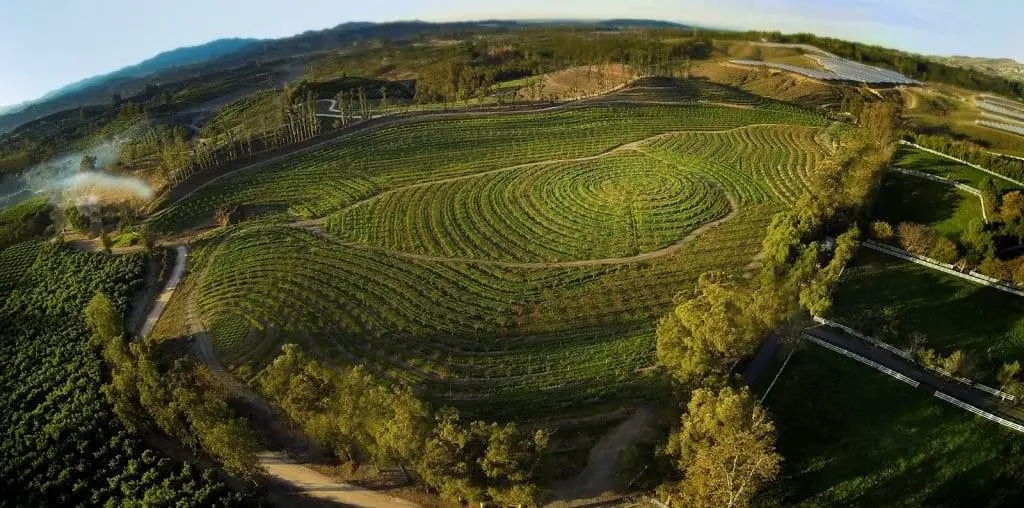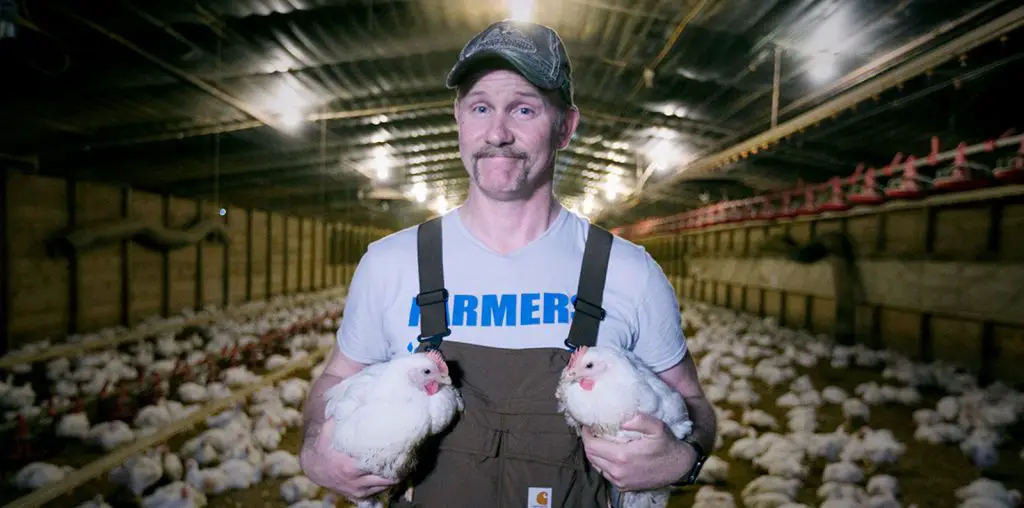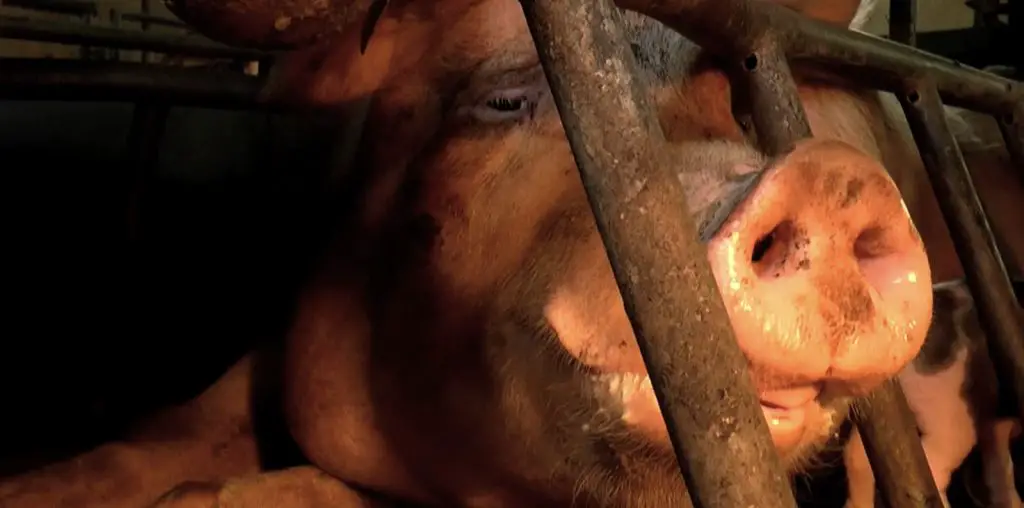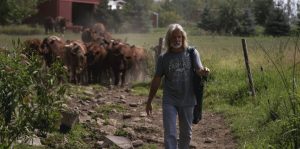
Documentaries are, in a way, the small, smooth stones in the world’s David versus Goliath fights. In Matt Wechsler and Annie Speicher’s political documentary Right To Harm, David would be small farming communities who are waging war against the industrial farming complex, aka Goliath.
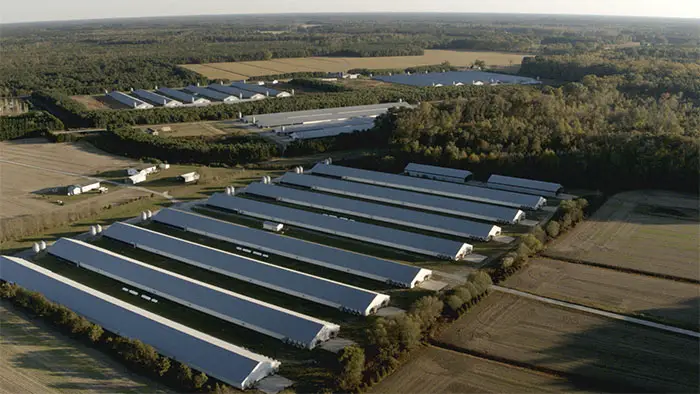
“…exponential increase in livestock means an exponential rise in fecal waste, amongst others…”
The issue at hand is CAFO’s—Concentrated Animal Feeding operations. For the sake of argument, let us just say a farm could feed and raise 100 cows on an acre of land without damage to that land. Take that same acre, and then a corporation comes in, buys the property, increases the number to 1,000 cows, and sells the product at a low price to us because they can produce an insane inventory (see Super Size Me 2). First, the land was only meant to handle 100, so automatically, the land is stressed and overworked. Can land get stressed? Yes, it can. The exponential increase in livestock means an exponential rise in fecal waste, amongst other concerns.
Imagine that you live on a farm or even just a home that your family has owned for generations. One day, a company buys your neighbor’s property, converts it, and ruins your water supply (i.e., an underground well), stinks up your home, and drops the property value to a level significantly below your existing mortgage. This is the plight of many of the subjects of Right To Harm, and it affects states across the nation, including Arizona, Wisconsin, and North Carolina.
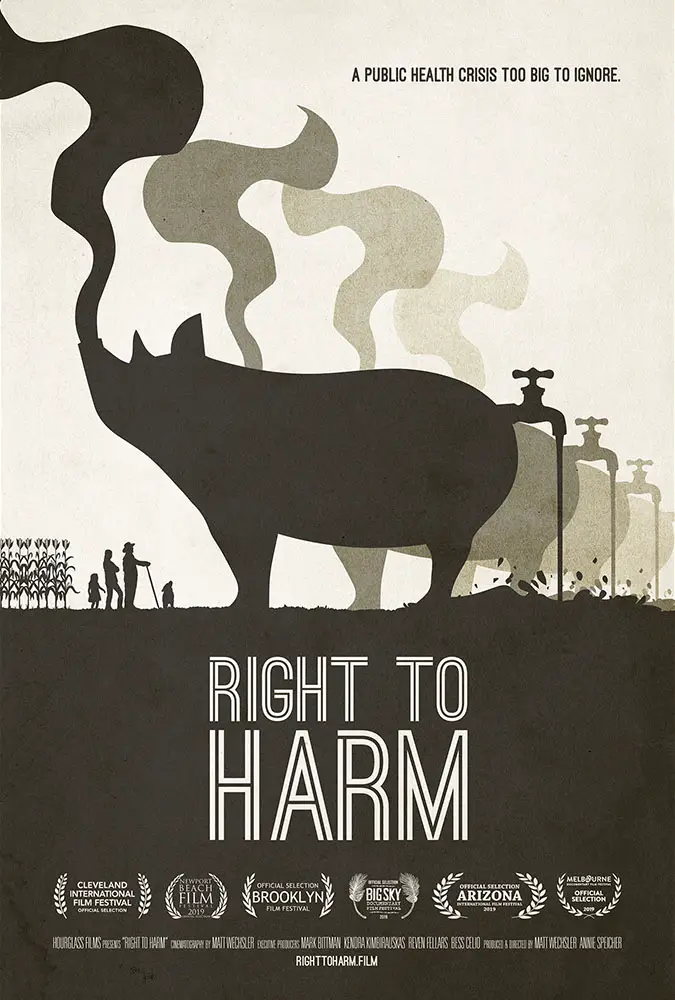
"…it will make you angry. But believe it or not, there is hope."
